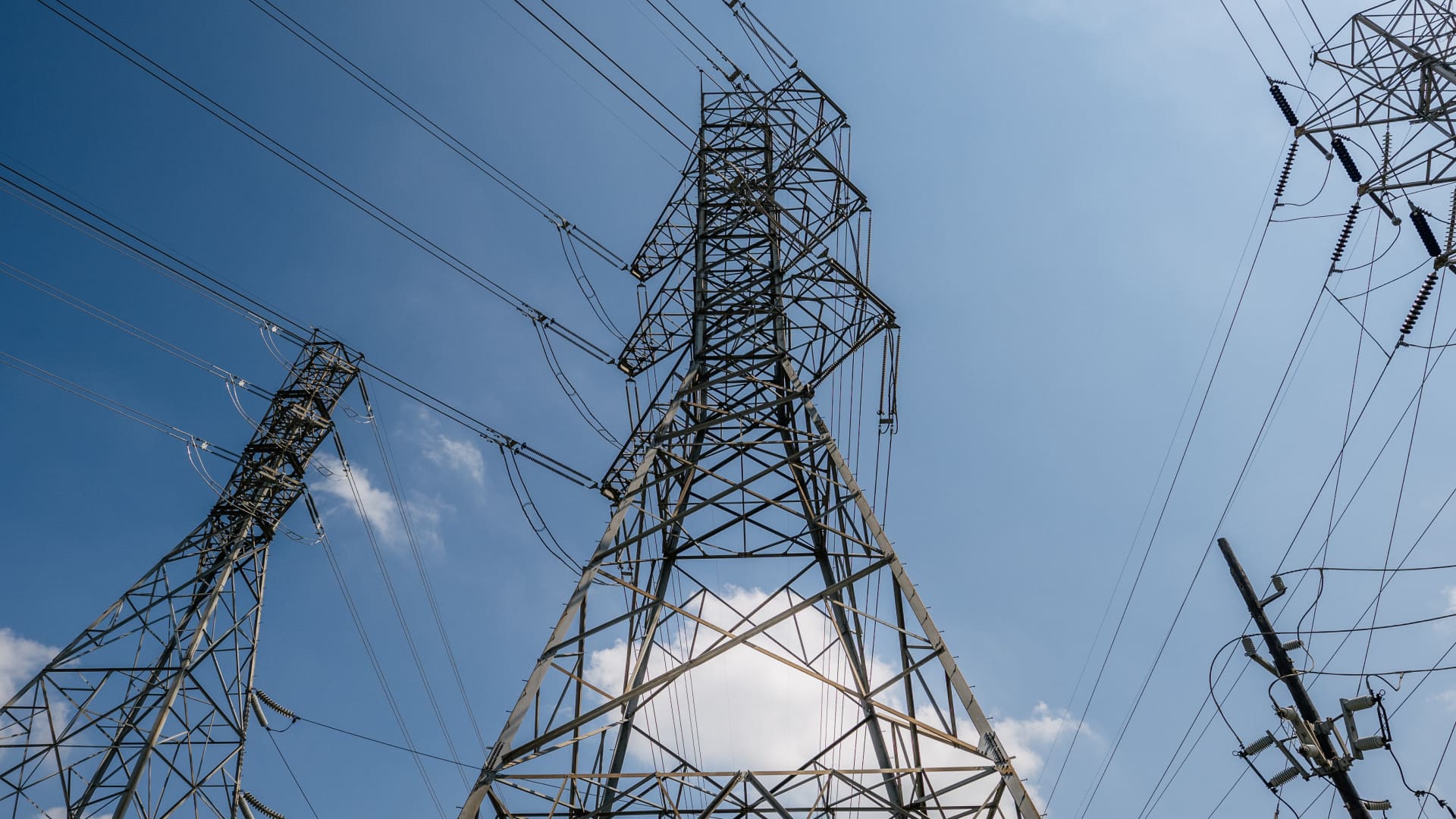The flexible capacity needs to be there. It's like insurance. 1GW of gas turbines costs ~$15M/yr to keep operational IIRC. That's nothing compared to the cost of needing 1GW and not having it available. And yeah... obviously the fuel supply needs to be just as available.
Also, for doubters of whether there was spare capacity to keep TX lights on were TX to have been tied, to lets say Western grid, think about it, were all generation maxed out, like in mid summer? I doubt it as I do not think I got a notice to turn down my heat or save electricity. Plenty of capacity and TX just doubles down on stupidity. But I guess the state believes that 300 poor people's lives are just a blip and not worth their consideration.





